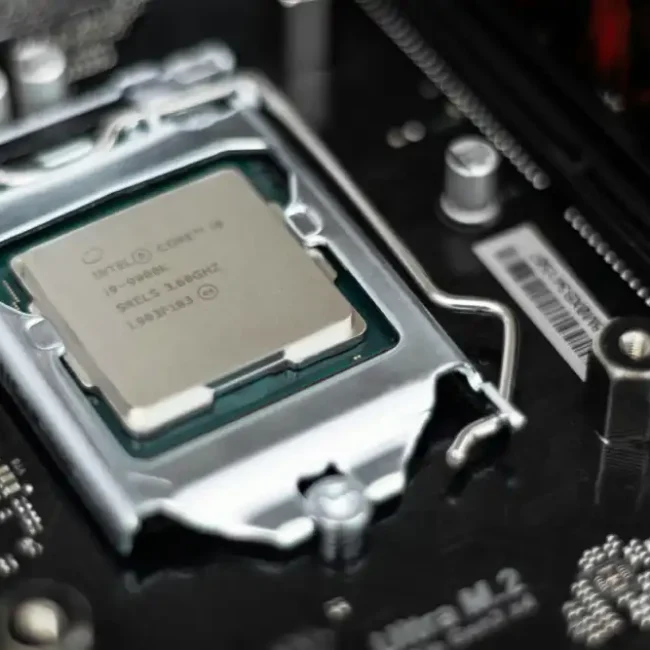In a bold demonstration of technological prowess, Nvidia CEO Jensen Huang unveiled a series of groundbreaking advancements at the company’s annual GTC conference, underscoring Nvidia’s unyielding commitment to dominating the artificial intelligence (AI) landscape.
Revolutionary Chip Innovations
Huang introduced the Vera Rubin superchip, named in honor of the astronomer who confirmed the existence of dark matter. This next-generation chip is poised to succeed Nvidia’s Grace Blackwell series, offering a staggering 3.3-fold increase in computing performance. The Vera Rubin Ultra variant, anticipated by 2027, promises a 14-fold enhancement over its predecessor, setting new benchmarks in computational capabilities.
Strategic Collaborations
In a move that exemplifies strategic foresight, Nvidia announced a partnership with General Motors (GM) to integrate AI across GM’s vehicles, manufacturing facilities, and robotics. This alliance not only accelerates the adoption of AI in the automotive sector but also positions Nvidia at the heart of transformative industrial applications.
Anticipating Exponential Growth in AI Demand
Huang emphasized the escalating demand for AI computing power, predicting a 100-fold increase driven by advancements in autonomous AI agents capable of contextual understanding and problem-solving. This projection underscores the necessity for Nvidia’s cutting-edge GPUs to meet the burgeoning computational requirements.
Market Dynamics
Despite these groundbreaking announcements, Nvidia’s stock experienced a 3.4% decline, reflecting broader market volatility and investor caution. Nevertheless, the company’s shares have surged over 350% in the past two years, highlighting sustained confidence in Nvidia’s strategic direction.





